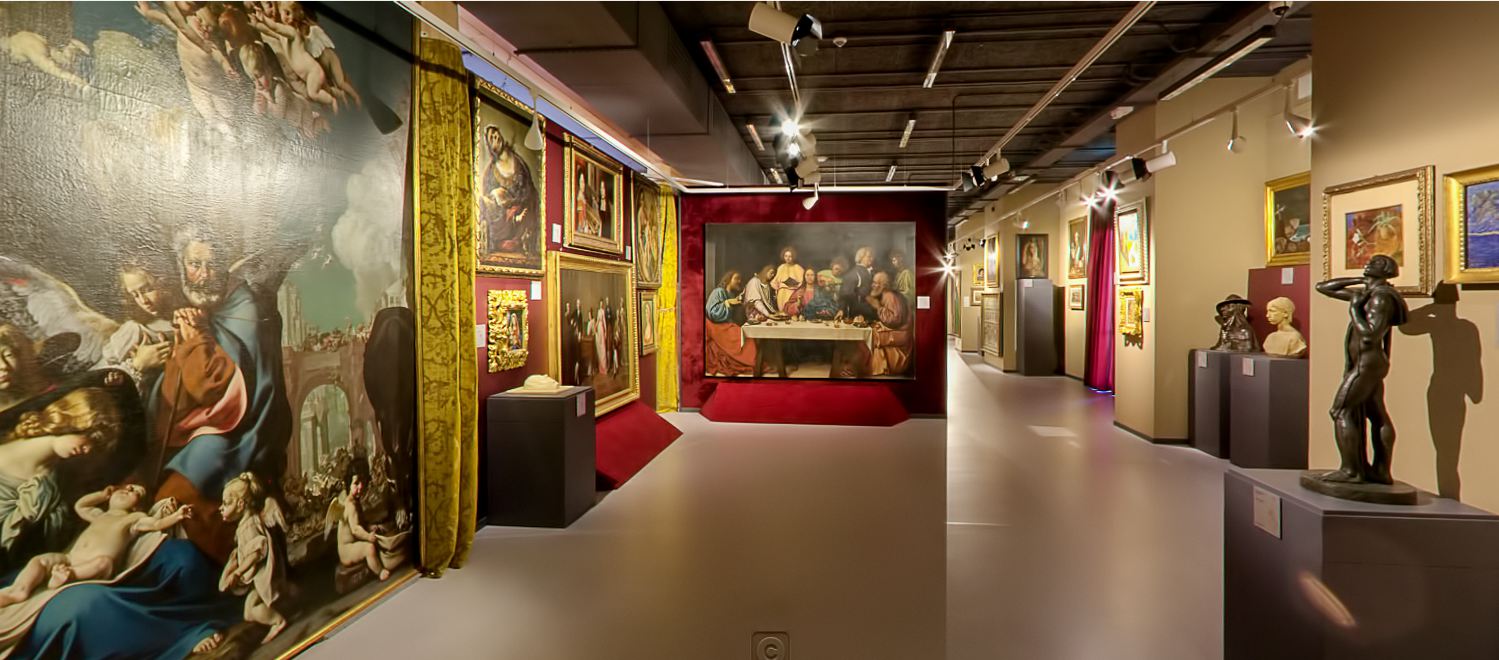Visita virtuale nella mostra “Il Tesoro d’Italia” nel padiglione Eataly ad Expo 2015Cosa ne pensate? Scrivetemelo_______________________Per contattare Vittorio Sgarbisauromoretti.sgarbi@gmail.com Posted by Vittorio Sgarbi on Martedì 8 settembre 2015
Albero della Vita – Tree of life – (Description from www.expo2015.org)
L’Albero della Vita, all’interno di Expo 2015, è il simbolo del Padiglione Italia. L’albero alto 37 metri è costituito di acciaio e legno, ed è situato al centro della Lake Arena.
Nato da un’idea del direttore artistico del Padiglione Italia Marco Balich[1] e progettato dallo studio Giòforma, è stato realizzato dal Consorzio Orgoglio Brescia[1].
L’opera rappresenta, al contempo, scultura, installazione, edificio e monumento, con chiari rimandi al Rinascimento Italiano[1] e alla struttura pavimentale di piazza del Campidoglio a Roma creata da Michelangelo nel XVI secolo.
Durante il giorno e la notte di Expo 2015 l’Albero della vita è protagonista e ricco di spettacoli di luce e acqua, accompagnati da musiche iconiche della cultura italiana.

